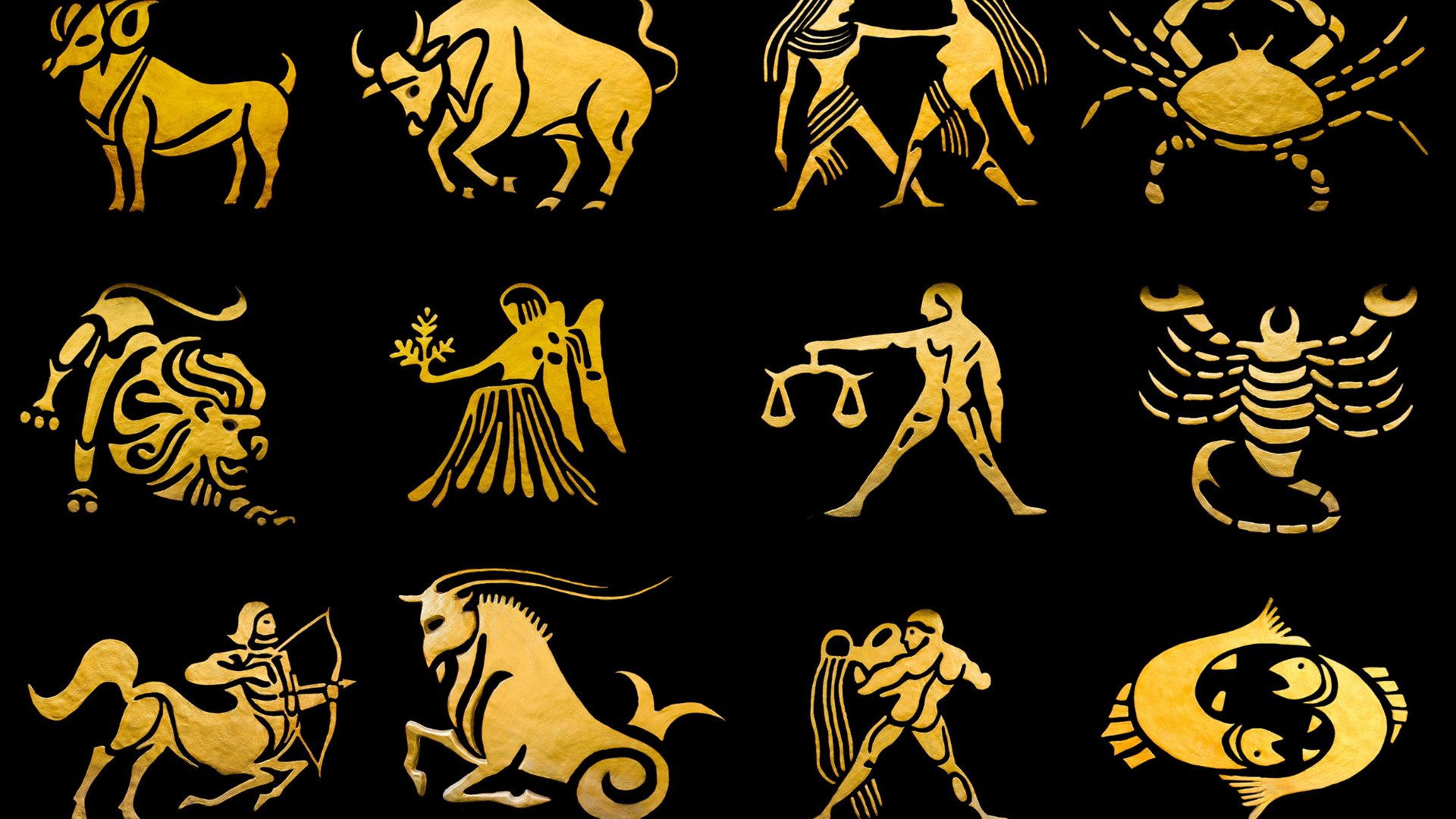The zodiac is a ring-shaped region in the sky that is divided by the 12 constellations that are known as the signs of the zodiac.
The Sun, Moon, and all the planets always stay within the zodiac.
In astronomy and astrology, a sign of the zodiac refers to one of 12 specific constellations of the zodiac that the sun passes through. The constellations are mostly represented by animals so this region was named zodiac which is from the Greek word meaning “circle of little animals.”
The dates associated with each sign are the antiquated dates of the Sun’s passing through each constellation—ie “The Sun is in Pisces” means the Sun in the sky is near* the constellation Pisces.
The timing of the Sun’s path has changed since the astrological signs were determined but the dates are still used when determining star signs.
Ancient astrologers associated each sign of the Zodiac to a different are of the body starting with Aries at the top, head, and Pisces at the bottom, feet.
♈ Aries, the head and ram: March 21–April 19
♉ Taurus, the neck and bull: April 20–May 20
♊ Gemini, the arms and twins: May 21–June 21
♋ Cancer, the breast and crabs: June 22–July 22
♌ Leo, the heart and lion: July 23–August 22
♍ Virgo, the belly and virgin: August 23–September 22
♎ Libra, the reins and balance: September 23–October 23
♏ Scorpius/Scorpio, the secrets and scorpion: October 24–November 21
♐ Sagittarius, the thighs and archer: November 22–December 21
♑ Capricornus, the knees and goat: December 22–January 19
♒ Aquarius, the legs and water bearer: January 20–February 18
♓ Pisces, the feet and fish: February 19–March 20
These dates only became fixed due to the development of modern astronomy.
Art Featuring the Zodiac
In 1967, Salvador Dali created this illustrative series “The Twelve Signs of the Zodiac.” Learn more about this work at David Barnett Gallery.













View the Naturalist’s Guide Celestial Calendar for iCal for lunar dates, moon names, meteor showers, comets, and more celestial events here✨





